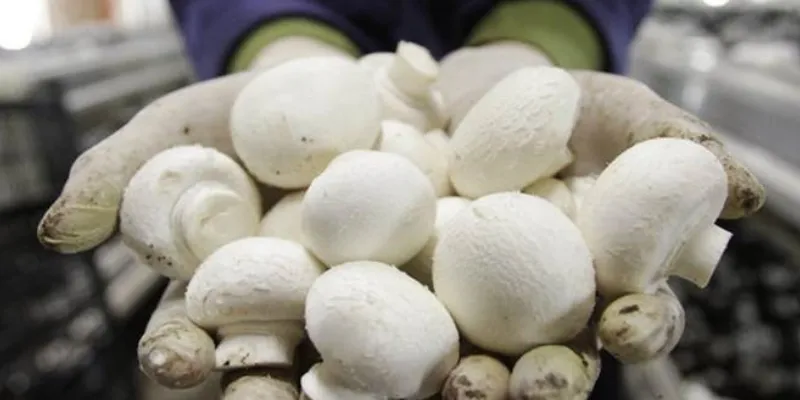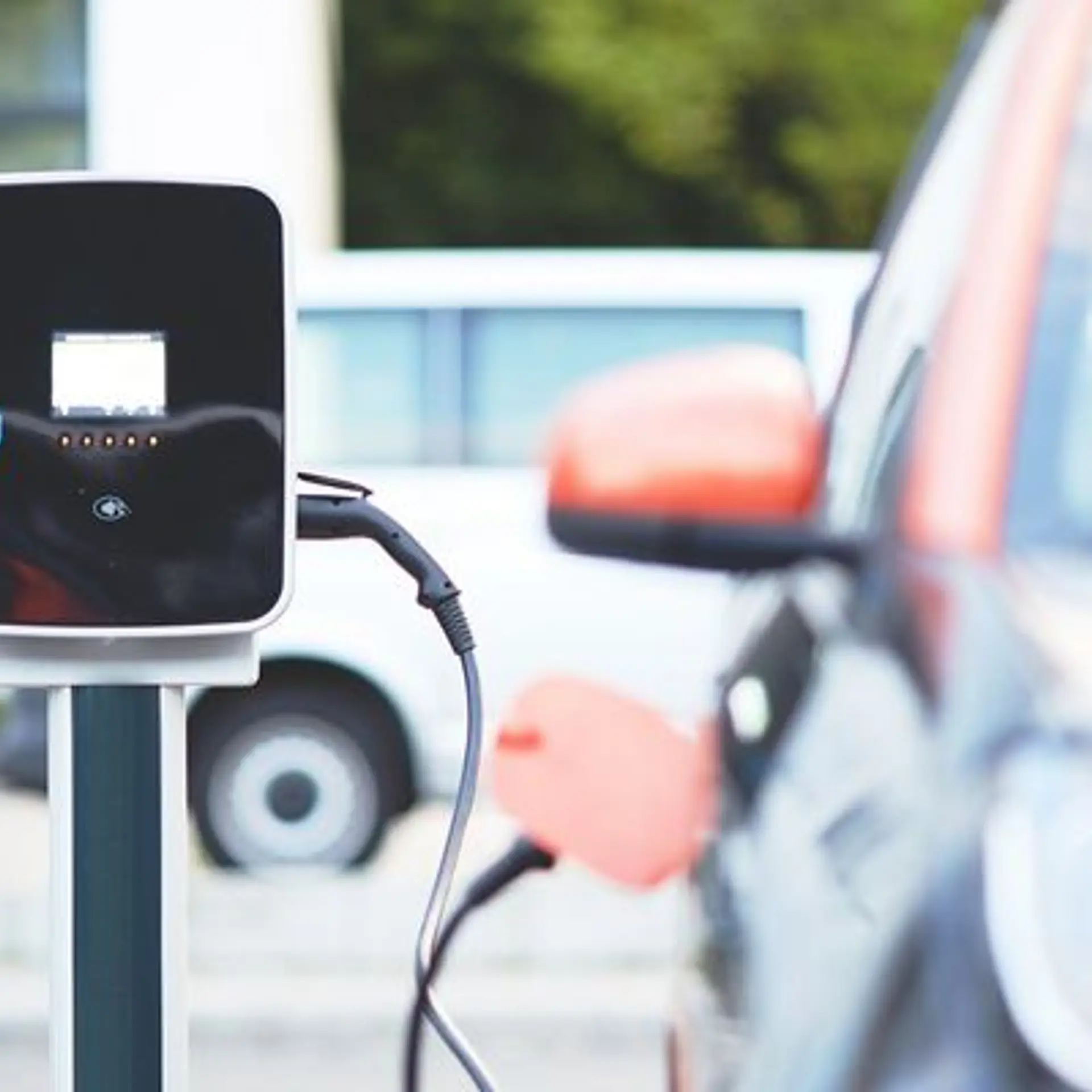Power of the humble mushroom: scientists produce electricity from ‘bionic mushroom’
The electricity was produced by using 3D printing to place clusters of cyanobacteria, which derives its energy from the sun, on the mushroom.
A team of scientists, which included two Indian-origin scientists, at Stevens Institute of Technology of New Jersey in the US have successfully generated a small amount of electricity from the humble white button mushroom.
The research is part of understanding of cell’s biological machinery and how to use those intricate molecular gears and levers to fabricate new technologies and useful defence, healthcare and the environment.

The feat was achieved by using 3D printing to attach clusters of cyanobacteria, a type of bacteria that derives its energy from the sun, on the button mushroom. To store the current produced, swirls of graphene nanoribbons were placed, reports Financial Express.
Assistant Professor Manu Mannoor said,
“By integrating cyanobacteria that can produce electricity, with nanoscale materials capable of collecting the current, we were able to better access the unique properties of both, augment them, and create an entirely new functional bionic system.”
About 65 nanoamps of electricity were produced as a result of this research.
To produce electricity for a longer duration the mushroom must host the right environment. As Mannoor and Sandeep Joshi, a postdoctoral fellow at the lab realised that mushroom naturally hosts rich microbiota, which will provide the right environment — nutrients, moisture, pH and temperature as required.
Explaining how cyanobacteria can survive on a mushroom’s surface, Joshi said,
The mushrooms essentially serve as a suitable environmental substrate with advanced functionality of nourishing the energy producing cyanobacteria.
He added, “We showed for the first time that a hybrid system can incorporate an artificial collaboration, or engineered symbiosis, between two different microbiological kingdoms,” reports Newsweek.
A robotic arm-based 3D printer was used to first print an “electronic ink”, which contained graphene nanoribbons. The artificial network acts as a junction for the electricity by accessing bio-electrons generated inside the cyanobacterial cells.
In an interview with the Newsweek, Joshi said,
Shining a light on the mushrooms activates cyanobacterial photosynthesis mechanism, which generates bio-electrons these electrons are driven under an applied bias voltage in an electrochemical setup.
Since the power produced was too low even to use for a small electrical device, Joshi added, ,
“Generation of photocurrent was an example to showcase the application aspect of ‘designer hybrid architecture.’ However, we believe that an array of these bionic mushrooms in series will be able to power up a low-power surface-mounting LED. We are working towards the optimisation for generating higher current values and it will be a part of our future research work.”
Do you have an interesting story to share? Please write to us at tci@yourstory.com.To stay updated with more positive news, please connect with us on Facebook and Twitter







